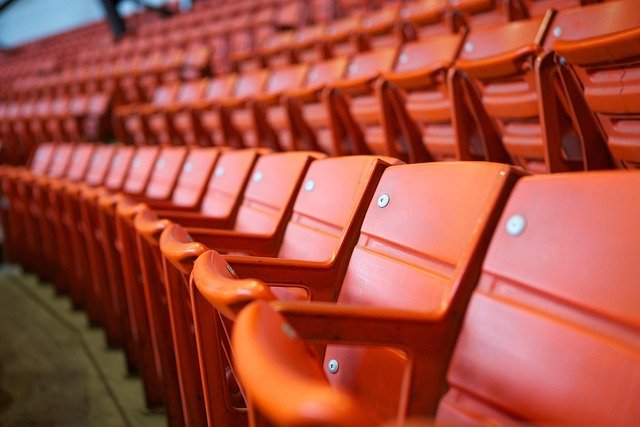Sports Tickets: How to Buy and Enjoy Live Games
Attending a live sporting event is about more than just the final score — it combines the game itself with the venue, crowd, and rituals that make sports memorable. Whether you're a casual spectator or a dedicated follower, understanding how tickets work, where to buy them, and how to plan your visit helps ensure a smoother experience from arrival at the stadium to finding your seat. This guide covers practical steps for buying tickets and getting the most from a live event.

Stadium: choosing seats and access
Deciding where to sit affects sightlines, acoustics, and convenience. Check the stadium seating map before purchase to understand distance from the action, proximity to entrances, and any obstructed-view notes. Consider vertical distance (lower bowl vs upper deck) and lateral position (center field/center court vs behind goals). Also review access features such as ADA seating, family sections, or fan zones. If you plan to arrive early or use public transit, note which gates open first and where concessions and restrooms are located to minimize walking once inside.
Sports: timing purchases and schedule factors
The timing of ticket purchases depends on the sport, opponent, and season. High-demand matchups, playoffs, and rivalry games sell faster; weekday or less consequential regular-season contests often have more availability. Look for official release times for ticket drops through team sites and local services. Signing up for team or venue newsletters can alert you to presales. For flexible plans, last-minute deals sometimes appear on resale platforms, but supply is unpredictable. Also account for schedule changes, like rainouts or reschedules, when buying tickets for outdoor sports.
Fans: etiquette and group planning
Being part of the crowd shapes the atmosphere and enjoyment for everyone. Familiarize yourself with stadium rules on apparel, flag or banner sizes, and any behavior policies to avoid conflicts. If attending with a group, coordinate arrival times and assign a meeting point in case someone gets separated. For larger fan groups, consider buying blocks of adjacent seats through the team’s group sales or local services to secure the same section. Respecting other fans, following stadium announcements, and observing the event’s traditions can enhance the experience for you and those around you.
Tickets: primary and secondary marketplaces
Tickets are typically sold through primary sellers (team or venue box office and authorized partners) and secondary marketplaces (resale platforms). Primary tickets are usually face value but may include convenience fees; they are the safest route for authenticity. Secondary marketplaces list resold tickets and can offer sold-out access, but prices fluctuate and fees can be added. When buying, verify the seller’s reputation, electronic ticket transfer policies, and any delivery timelines. Retain digital receipts and screenshots until entry is complete to simplify customer service interactions if issues arise.
Atmosphere: tailoring your live experience
The atmosphere at a game depends on crowd size, noise level, and stadium features like loudspeakers, music, and interactive screens. To tailor your experience, choose seating in sections known for passionate fans for a high-energy vibe or quieter areas for families and conversation. Pre-game activities, fan plazas, and in-stadium entertainment can add value; check the event schedule so you don’t miss player introductions or halftime shows. Consider weather and clothing for outdoor stadiums, and factor in arrival time to take in pre-game ceremonies that contribute to the live atmosphere.
For planning around cost and provider differences, here are common ticket sources and typical cost estimates to guide decisions. These reflect general observations and can help compare options when buying tickets.
| Product/Service | Provider | Cost Estimation |
|---|---|---|
| Primary sale (box office/official) | Team or Venue (e.g., box office, team websites) | Face value of ticket; additional convenience/service fees often apply (est. varies by event) |
| Primary marketplace | Ticketmaster | Face value plus service and processing fees; total additional fees often range from about 10–30% of face price |
| Secondary resale marketplace | StubHub | Resale price set by seller; marketplace fees and buyer service fees may add roughly 15–40% on top of listed price |
| Aggregator/search platform | SeatGeek | Displays offers from multiple sellers; final cost varies by listing and may include seller fees and platform fees |
Prices, rates, or cost estimates mentioned in this article are based on the latest available information but may change over time. Independent research is advised before making financial decisions.
Conclusion
Buying sports tickets and planning a live event visit involves choosing the right seats, timing purchases to match demand, and knowing where to buy to balance price and reliability. Consider both the logistical side — stadium access, seating maps, and ticket transfer rules — and the experiential side — crowd behavior and pre-game atmosphere. With a little preparation, you can spend less time troubleshooting and more time enjoying the game.






